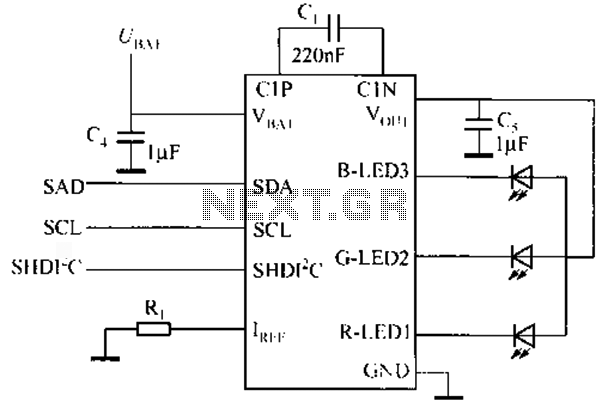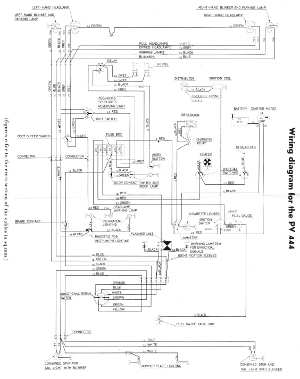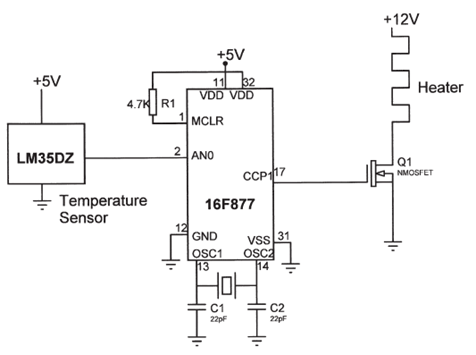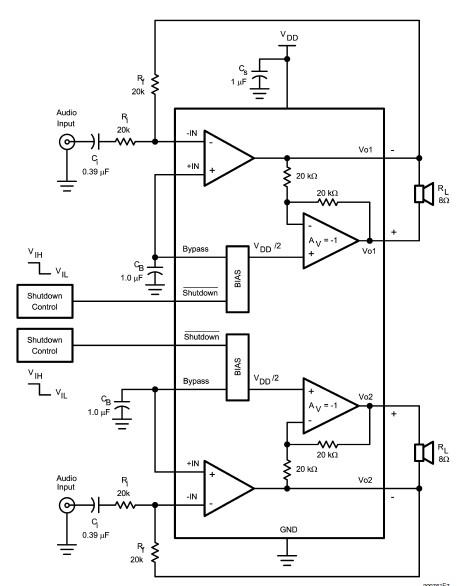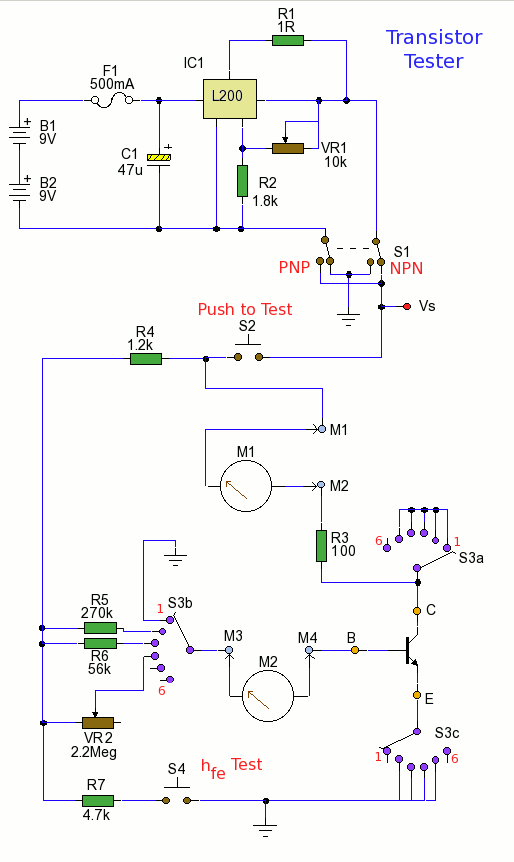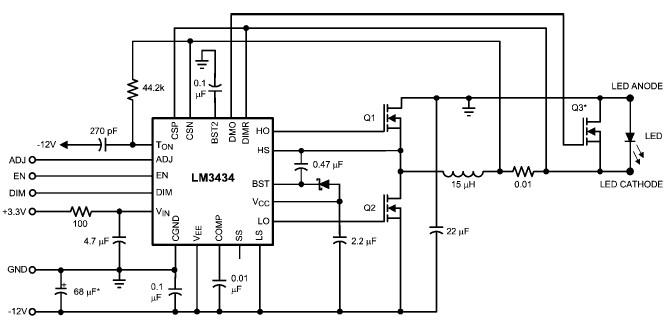
50 to 150MHz high frequency VCO circuit
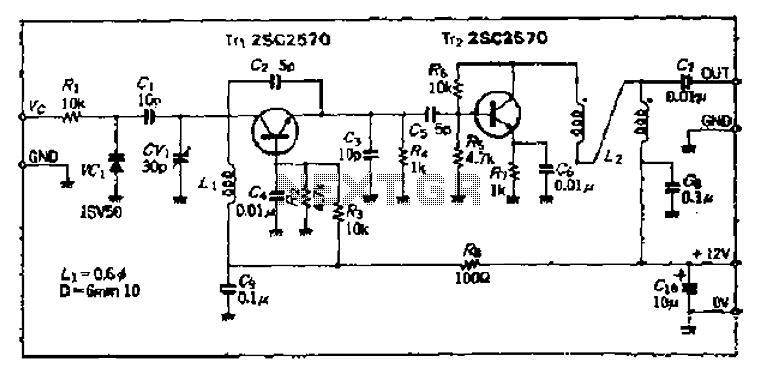
The Bong circuit is a high-frequency Colpitts oscillator that utilizes a Ge coil (L). It features two heads and is designed for simple production. The frequency of oscillation can be determined, and testing is conducted to ascertain the value of the port. A varactor diode is used to directly change the resonant frequency, enabling the voltage-controlled oscillator (VCO) to operate. The oscillation signal output can be extremely high. The output from the output amplifier (Trz) also serves as a buffer from Tt-1, which functions as a mutual impedance converter transformer. An annular enameled iron core (L2) is wound with double 10 turns.
The Bong circuit operates as a high-frequency oscillator based on the Colpitts configuration, which is characterized by its use of capacitive feedback to achieve sustained oscillation. The primary component, a Ge coil (inductor), is essential for determining the oscillation frequency alongside the capacitors in the circuit. The inclusion of a varactor diode allows for dynamic tuning of the resonant frequency, making the oscillator versatile for various applications, particularly in RF circuits.
The circuit's architecture includes two heads, which may refer to dual output stages or separate sections for different functionalities. The simplicity in production implies that the circuit can be easily assembled with commonly available components, making it suitable for educational purposes or prototyping.
The output amplifier (Trz) is critical in ensuring that the oscillation signal maintains integrity and strength. Additionally, it serves a dual purpose by acting as a buffer, isolating the output from the preceding stages and preventing loading effects that could alter the performance of the oscillator. The mutual impedance converter transformer (Tt-1) enhances signal transfer between stages, ensuring that the oscillation is not adversely affected by impedance mismatches.
The design also incorporates an annular enameled iron core (L2) with a specific winding configuration (double 10 turns). This choice of core material and winding technique is aimed at optimizing inductance and minimizing losses, thereby enhancing the overall efficiency of the circuit. The careful selection of these components and their arrangement is crucial for achieving the desired high-frequency performance and stability in oscillation. Bong circuit is a high frequency Colpitts circuit l shake Ge coil L, there are two f head, simple production, by determining the frequency of oscillation and tested to determin e the value of the port Lt varactor diode directly change the resonant frequency, so vco work, the oscillation signal output can be extremely t If the output from the output amplifier Trz doubles as a buffer from Tt-1 shot from the mutual impedance converter transformer role, L 2 by the annular fP0.4 enameled iron core wound double 10 laps from.
The Bong circuit operates as a high-frequency oscillator based on the Colpitts configuration, which is characterized by its use of capacitive feedback to achieve sustained oscillation. The primary component, a Ge coil (inductor), is essential for determining the oscillation frequency alongside the capacitors in the circuit. The inclusion of a varactor diode allows for dynamic tuning of the resonant frequency, making the oscillator versatile for various applications, particularly in RF circuits.
The circuit's architecture includes two heads, which may refer to dual output stages or separate sections for different functionalities. The simplicity in production implies that the circuit can be easily assembled with commonly available components, making it suitable for educational purposes or prototyping.
The output amplifier (Trz) is critical in ensuring that the oscillation signal maintains integrity and strength. Additionally, it serves a dual purpose by acting as a buffer, isolating the output from the preceding stages and preventing loading effects that could alter the performance of the oscillator. The mutual impedance converter transformer (Tt-1) enhances signal transfer between stages, ensuring that the oscillation is not adversely affected by impedance mismatches.
The design also incorporates an annular enameled iron core (L2) with a specific winding configuration (double 10 turns). This choice of core material and winding technique is aimed at optimizing inductance and minimizing losses, thereby enhancing the overall efficiency of the circuit. The careful selection of these components and their arrangement is crucial for achieving the desired high-frequency performance and stability in oscillation. Bong circuit is a high frequency Colpitts circuit l shake Ge coil L, there are two f head, simple production, by determining the frequency of oscillation and tested to determin e the value of the port Lt varactor diode directly change the resonant frequency, so vco work, the oscillation signal output can be extremely t If the output from the output amplifier Trz doubles as a buffer from Tt-1 shot from the mutual impedance converter transformer role, L 2 by the annular fP0.4 enameled iron core wound double 10 laps from.
